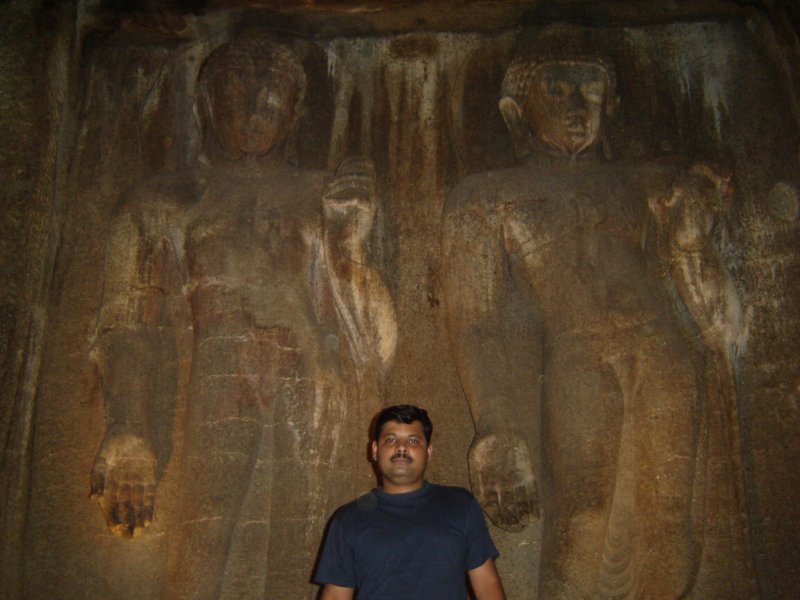

In the past, scholars divided the caves in three groups, but this is now discredited in light of fresh evidence and research. This theory of dating believed that the oldest group of caves dated from 200 BCE to CE 200, the second group belonged, approximately, to the sixth, and the third group to the seventh century.
The expression Cave Temples used by Anglo-Indians for vihāras without the shrine is inaccurate. Ajanta was a kind of college monastery. Hsuan Tsang informs us that Dinnaga, the celebrated Buddhist philosopher and controversialist, author of well-known books on logic, resided there. This, however, remains to be corroborated by further evidence. In their prime the vihāras were intended to afford accommodation for several hundreds, teachers and pupils combined. It is tragic that none of the caves in the Vākāţaka phase were ever fully completed. This was because the ruling Vākāţaka dynasty suddenly fell out of power leaving the dominion in a likely crisis, which forced all activities to a sudden halt at the time of Ajanta's last years of activities. This idea first pronounced by Walter M. Spink is increasingly gaining acceptance based on the archaeological evidence visible on site.
Most of the subjects have been identified by the leading Ajantologist from Germany, Dieter Schlingloff.
Created with Web Album Generator